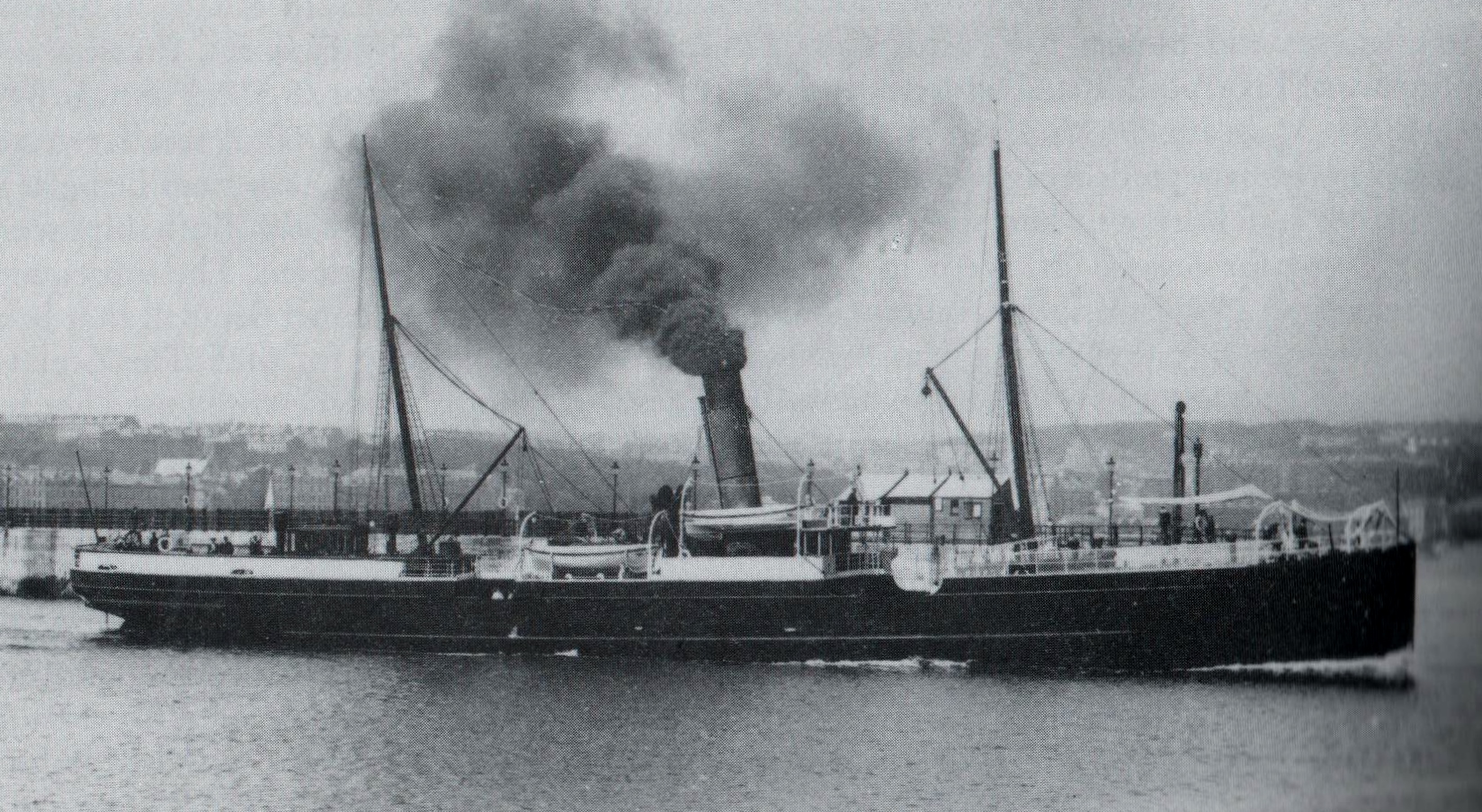|
SS Ellan Vannin (1860)
SS Royal Mail Ship, (RMS) (the Manx language, Manx name for the Isle of Man) was built as an iron paddle steamer in 1860 at Meadowside, Glasgow for the Isle of Man Steam Packet Company. She was originally named ''Mona's Isle'' - the second ship in the company's history to be so named. She served for 23 years under that name before being rebuilt, re-engined and renamed in 1883. As ''Ellan Vannin'' she served for a further 26 years before being lost in a storm on 3 December 1909 in Liverpool Bay. ''Mona's Isle'' ''Mona's Isle'' was built by Tod and McGregor Ltd, Glasgow, at a cost of £10,673. She entered service with the Isle of Man Steam Packet fleet in June 1860. ''Mona's Isle'' is important in the history of the line, as she was the first vessel to be fitted with marine oscillating steam engine, oscillating engines, which were also manufactured by Tod and McGregor Ltd. Until 1860 the company had always used the side-lever engines favoured by Robert Napier and Sons. The oscill ... [...More Info...] [...Related Items...] OR: [Wikipedia] [Google] [Baidu] |
Isle Of Man
The Isle of Man ( , also ), or Mann ( ), is a self-governing British Crown Dependency in the Irish Sea, between Great Britain and Ireland. As head of state, Charles III holds the title Lord of Mann and is represented by a Lieutenant Governor. The government of the United Kingdom is responsible for the Isle of Man's military defence and represents it abroad, but the Isle of Man still has a separate international identity. Humans have lived on the island since before 6500 BC. Gaelic cultural influence began in the 5th century AD, when Irish missionaries following the teaching of St Patrick began settling the island, and the Manx language, a branch of the Goidelic languages, emerged. In 627, King Edwin of Northumbria conquered the Isle of Man along with most of Mercia. In the 9th century, Norsemen established the thalassocratic Kingdom of the Isles, which included the Hebrides and the Northern Isles, along with the Isle of Man as the southernmost island. Magnus Bar ... [...More Info...] [...Related Items...] OR: [Wikipedia] [Google] [Baidu] |
Robert Napier And Sons
Messrs Robert Napier and Sons was a famous firm of Clyde shipbuilders and marine engineers at Govan, Glasgow founded by Robert Napier in 1826. It was moved to Govan for more space in 1841. His sons James and John were taken into partnership in 1853. The whole Clyde, every engineer and shipbuilder in it, was considered to have benefitted from the firm's achievements and celebrity. By the 1840s it was universally recognised as the finest in Britain. Many firms were founded by former employees.ed. W H Fraser and I Maver. ''Glasgow: 1830 to 1912'' Manchester University Press 1996 After Robert Napier's death in 1876 the plant and goodwill were sold by auction in March 1877 and purchased by a group of engineers led by the previous manager, A C Kirk. It continued to build ships and engines until 1900 when it was incorporated in William Beardmore and Company. Beginnings In 1800 Glasgow had no shipbuilding firms. Aged 23, Robert Napier set himself up in his own smith businessdefine i ... [...More Info...] [...Related Items...] OR: [Wikipedia] [Google] [Baidu] |
SS Fenella (1881)
SS Royal Mail Ship, (RMS) ''Fenella'' (I), Official number, No.76303, was an Iron twin-screw steamer operated by the Isle of Man Steam Packet Company, and was the first ship in the company's history to bear the name. Construction and dimensions ''Fenella'' was built by the Vickers Shipbuilding and Engineering, Barrow Shipbuilding Company of Barrow-in-Furness and was launched at Barrow by Miss Barnett on Thursday 9 June 1881.The Isle of Man Weekly Advertising Circular. Tuesday 14 June 1881. Tonnage ; length 200 ft; beam 26 ft; depth 13 ft. The vessel cost £18,750 and was certificated for a crew of 28 and 504 passengers. She had an indicated horsepower of 1,200 and a speed of 14 knots, with a boiler pressure of 85 psi. She was driven by two sets of vertical compound engines, each with cylinder bores of 23 and 42 inches, with a stroke of 24 inches. There was a slight delay in the construction of ''Fenella'', due to a misunderstanding about the constructio ... [...More Info...] [...Related Items...] OR: [Wikipedia] [Google] [Baidu] |
